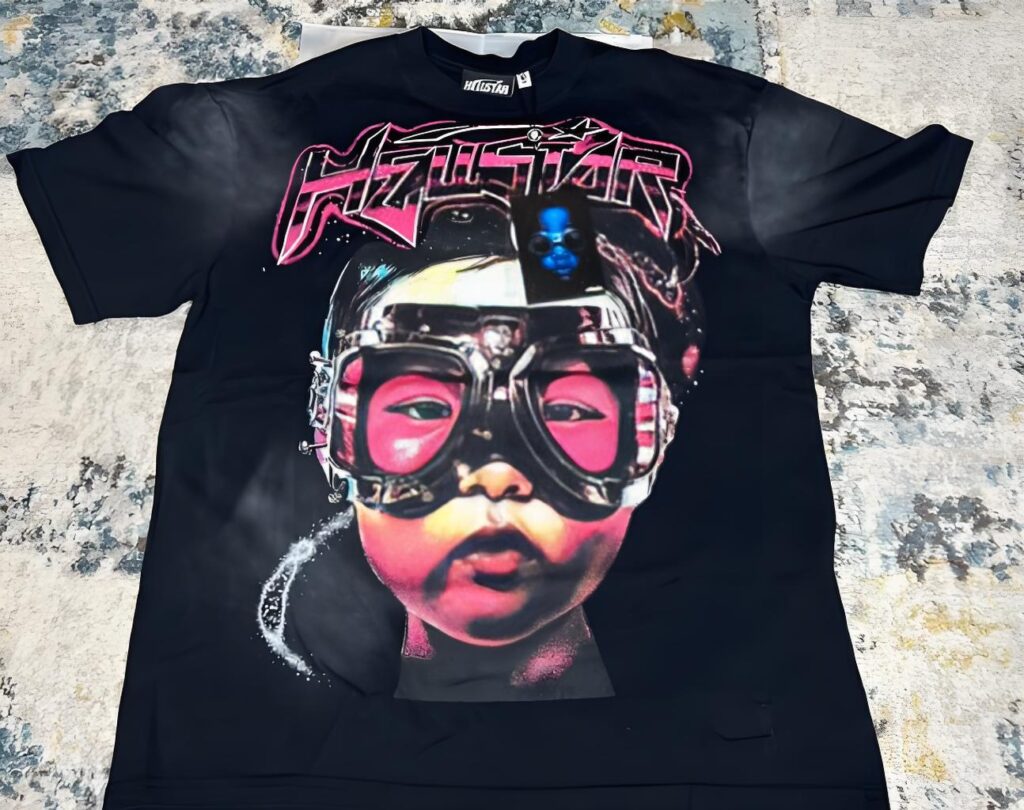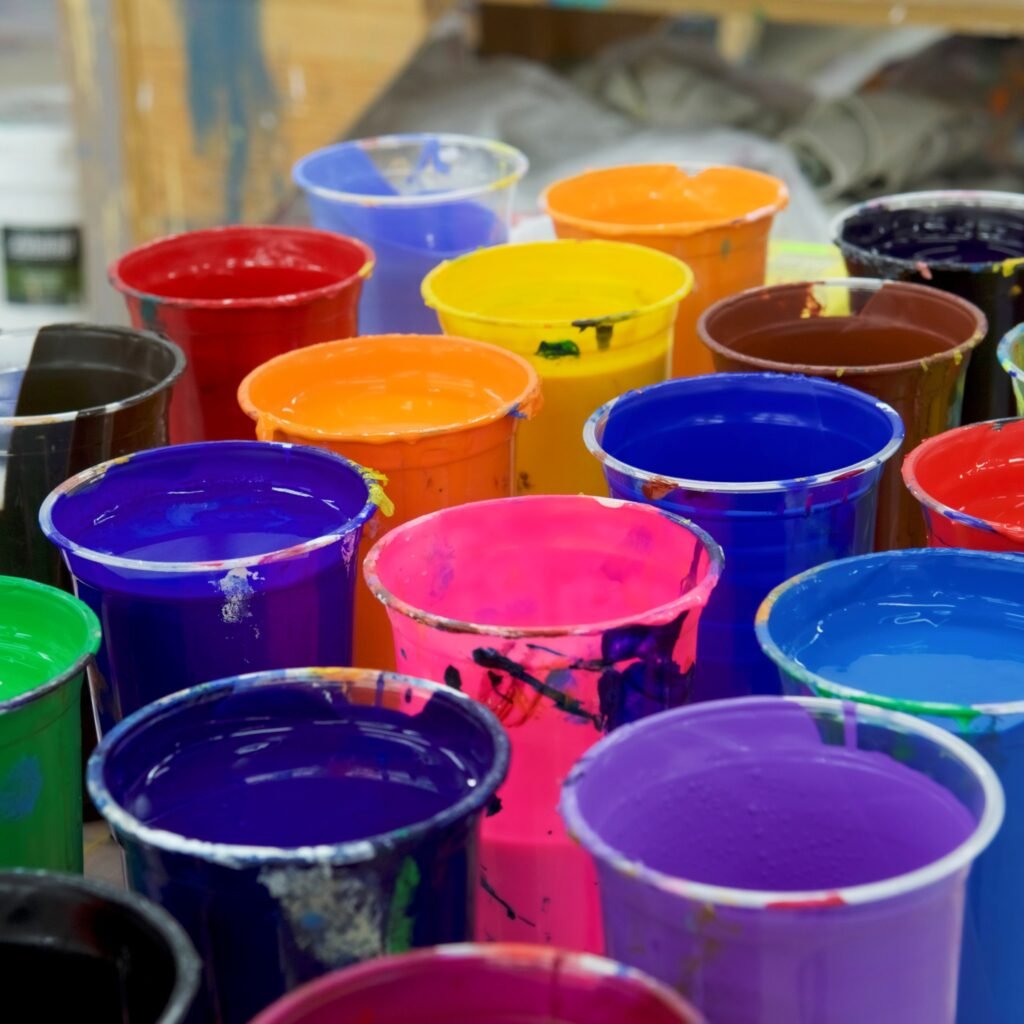Looking to dive into the colorful world of screen print? Whether you’re a hobbyist craving sharp, vibrant visuals on your favorite tee or a seasoned creator working with intricate textiles, this article will walk you through everything you need to know about screen printing ink, textile screen printing, the best products like speedball fabric screen printing ink and jacquard professional screen, and the buzzing world of fabric screen printing ink. We’ll break down which ink to choose, teach you about the hottest trends (hello, water based and plastisol ink!), and compare real-world uses of textile ink from top brands. If you’ve ever wondered, “Should I use acrylic screen printing or water-based ink for my next project?” you’re in the right place.
Table of Contents
1. What Is Screen Print and Why Is It Still So Popular?
Screen print, or silk screen printing, is a classic printing process beloved by artists and entrepreneurs alike. The technique involves using a fine mesh stencil to transfer screen ink onto various surfaces, most famously textiles like t-shirts or hoodies. But screen printing’s magic isn’t just in the process—it’s in the vivid, durable results that pop right off the fabric.
Why hasn’t this art form gone out of style? For starters, it allows for impeccable opacity and a range of vibrant colors that other printing methods often struggle to match. Whether you’re printing on fabric for fashion, making art prints, or producing commercial designs, screen print’s flexibility gives both amateurs and pros creative freedom that can’t be beat. Plus, with today’s eco-friendly water based and acrylic screen printing ink options, it’s easier than ever to customize everything from synthetic fabric to natural cotton sustainably.
2. Understanding Screen Printing Ink: Types, Ingredients, and Uses
When you peel back the curtain (or mesh), you’ll find that not all screen printing ink is created equal. The backbone of any good screen print lies in picking the right ink for the job. But what kinds are out there? You’ll likely encounter water-based ink, plastisol ink, acrylic screen printing ink, and specialist options like silicone inks.
Water-based inks soak into the fabric for a soft, lightweight feel—perfect for eco-conscious designers and anyone who loves “painting on fabric.” Plastisol, on the other hand, sits atop the fabric, delivering unbeatable opacity and durability (a must for dark fabrics or high-wear textiles). Acrylic-based inks combine the best of both worlds, offering strength and vibrant color but requiring a proper “heat set” to cure fully. Understanding your options means every screen print you create—whether using jacquard, speedball, or any ink for screen printing—looks and lasts the way you intend.
3. Top Choices for Fabric Screen Printing Ink: Speedball, Jacquard, and More
With a dizzying array of inks available, the market leaders continue to set the pace. Speedball fabric screen printing ink is a perennial favorite for professionals and newcomers alike, thanks to its vivid hues and friendly “DIY screen” learning curve. If you need a palette with true artist-grade colors, jacquard professional screen printing ink should be on your radar; it delivers nuanced tones and works beautifully on both natural and synthetic fibers.
Don’t overlook niche products, either. Permaset—a.k.a. permaset aqua and permaset supercover—offers industry-leading water-based ink solutions that are eco-friendly and powerful enough for the toughest jobs. From fabric ink that glows on synthetics to opaque fabric screen printing specialties, these brands arm you with the tools to tackle any textile screen printing project.
4. Which Ink Should Beginners Use? A Closer Look at Screen Printing Starter Sets

If you’re just getting your feet wet, picking the right starter set can mean the difference between frustration and foot-stomping success. A fabric screen printing starter set or fabric screen printing ink set typically comes with well-matched hues, basic tools, and step-by-step guides—ideal for anyone eager to experience the thrill of printing onto fabric for the first time.
Speedball’s starter sets remain the gold standard, providing easy-to-use screen printing ink and supplies with forgiving learning curves. Jacquard and permaset aqua sets also cater to artists craving unique color palettes or more sustainable workflows. No matter which you pick, focus on water based inks to start; they’re easier on the nose, safer for home studios, and deliver soft results perfect for printing on light-colored textiles. Remember, every screen printer’s journey starts somewhere—so embrace mistakes and experiment often!
5. How Do Water-Based and Plastisol Inks Differ in Textile Printing?
Let’s cut to the chase: the great debate in fabric screen printing always comes down to water-based versus plastisol ink. Water-based ink seeps into the fabric, creating a soft, almost indistinguishable finish that’s ideal for lightweight garments and artwork requiring fine details. This type of textile ink is a favorite for printing onto fashion pieces that demand comfort as much as style.
Plastisol, in contrast, sits atop the textile and must be heat-cured, but it yields the highest opacity—especially useful when printing on dark fabrics or synthetic fibers. While plastisol delivers unmatched durability for high-traffic screen print applications (think uniforms and athletic gear), it requires special handling and ventilation due to its PVC base. Knowing which to use—and when—is a rite of passage in the screen printing industry.
6. What Makes Opaque Fabric Screen Printing Inks Special for Dark Fabrics?
Printing on darker textiles poses a challenge: how do you make your colors pop? Enter opaque fabric screen printing ink. This specialty ink offers top-tier opacity, ensuring that vibrant ink colors won’t get drowned out by the underlying textile. Brands like permaset supercover are formulated specifically for this task, boasting pigment loads high enough to build bold, visible layers atop any dark background.
When shopping for screen ink, look for words like “opaque” and “supercover”—these signal the ink offers high coverage. Applying opaque fabric screen printing ink can be a revelation for anyone tired of washed-out prints. Just remember: sometimes, multiple passes are required, and a thicker stencil might help your design shine through the darkness.
7. Exploring Acrylic Screen Printing: Is Acrylic Paint the Right Choice?
Acrylic screen printing (and acrylic screen printing ink) is a rising star in the textile art world. Why? Because acrylic-based inks stick to a wide range of fabrics and dry fast, producing brilliant, long-lasting results. Acrylic paint can also be adapted for screen printing acrylic applications, though the experience differs from specialized textile screen printing ink.
One caveat: acrylic screen printing ink often needs to be heat set to retain flexibility and prevent cracking. For artists accustomed to painting on fabric with brushes, screen printing opens new possibilities for sharp, repeatable designs using the same familiar material. However, not all acrylic paint is designed for silk screen use—so seek out those specifically labeled for screen printing.
8. Tips for Printing on Fabric: Best Practices and Creative Techniques
A good screen print is more than just ink—it’s art, science, and craft rolled into one. To get the best results when printing on fabric, start with a tightly-stretched silk screen (or polyester mesh), and ensure your stencil is crisp and clean. Use a squeegee to pull screen printing ink evenly across the design, then lift the screen vertically to avoid smudges.
Try experimenting with block printing for unique textures or combining screen printing with direct painting on fabric. Mix vibrant colors directly on the screen for custom gradients, or layer opaque and transparent inks for depth. Always heat set your print if your ink requires it, following the manufacturer’s instructions for both time and temperature. And never underestimate the power of a good textile ink or screen printing ink set—sometimes, the perfect color can spark your next masterpiece.
9. Essential Screen Printing Supplies Every DIY Screen Printer Needs
Ready to stock your studio? The right screen printing supplies set you up for creativity and success. Here’s your essentials checklist:
- Silk screen or polyester mesh frame
- Stencils (paper, plastisol, or photo-emulsion)
- Squeegee, ideally sized for your mesh
- Range of screen printing ink (at least primary colors, plus black and white for mixing)
- Textile printing heat gun or iron for heat set inks
- Emulsion or block printing ink for creating complex stencils
- Cleaning tools and gloves for safe handling
Investing in a fabric screen printing ink set lets you try multiple ink colors without breaking the bank. For bigger projects, explore series inks from brands like jacquard or permaset—they’re ideal for consistent results across art materials and textiles alike.
10. Future Directions: Innovations and Trends in the Screen Printing Industry
The screen printing industry is evolving faster than ever, thanks to new technologies and a renewed focus on sustainability. Expect to see more water-based and eco-friendly inks, such as permaset aqua, storming the market. Silicone inks offer breakthrough durability for high-performance athletic wear and synthetic fabric, while companies are pushing “aqua” series and low-VOC products that put safety and the environment first.
Digital hybrid techniques—where screen printing meets digital direct printing—are also gaining ground, opening up new range of screen printing applications. Plus, community workshops, print-on-demand shops, and social media communities mean the craft is more accessible than ever. Aspiring screen printers, this is your time: with the right art materials and a little grit, the next big idea could start right in your garage or art room.
Key Takeaways: Screen Printing on Textile—What Every Maker Should Remember
- Choose the right screen printing ink: Water-based for softness and eco-friendliness, plastisol for opacity and durability, acrylic for flexibility.
- Speedball, jacquard, and permaset are industry leaders for a reason—try their screen ink for reliable, professional results.
- Starter sets make beginning easy and fun; seek a fabric screen printing starter set or ink set to get going fast.
- Opaque inks are key for dark fabrics—look for “supercover” or “opaque” on ink labels.
- Acrylic and water-based options expand creative horizons; always heat set when required.
- Supplies matter: Don’t skimp on mesh quality, squeegees, or textile ink variety!
- Trends point to eco-friendly, hybrid, and digital solutions—the screen printing industry is ripe for innovation.
- Experiment with stencils, block printing, and direct painting on fabric for unique effects.
- Always follow best practices—good prep and cleanup ensure every screen print shines.
- From DIY screen projects to professional runs, screen printing on textile gives artists control, flexibility, and endless creative potential.
Now you’re set to conquer textile screen printing, from the first pull of the squeegee to your final vibrant print!



